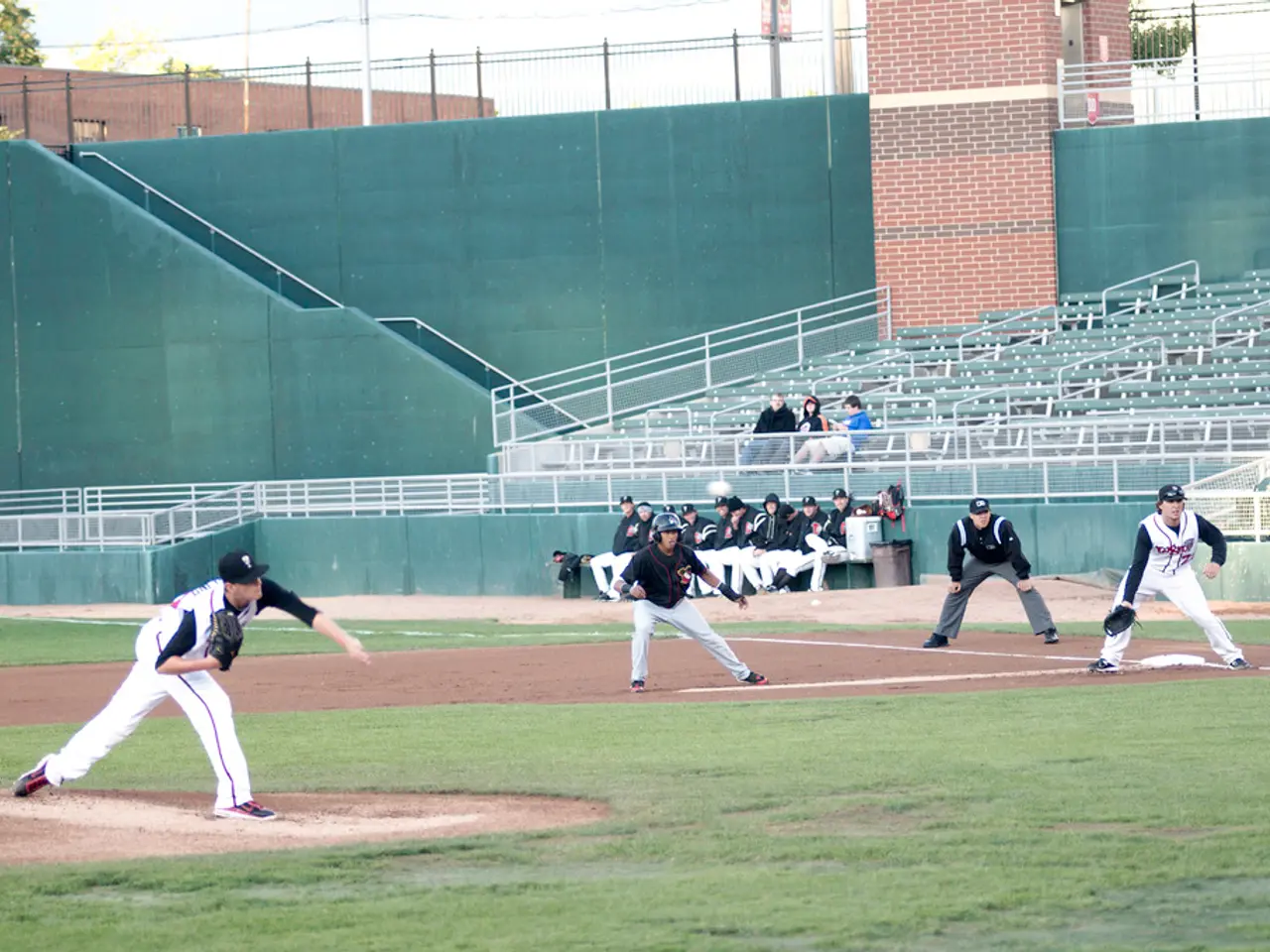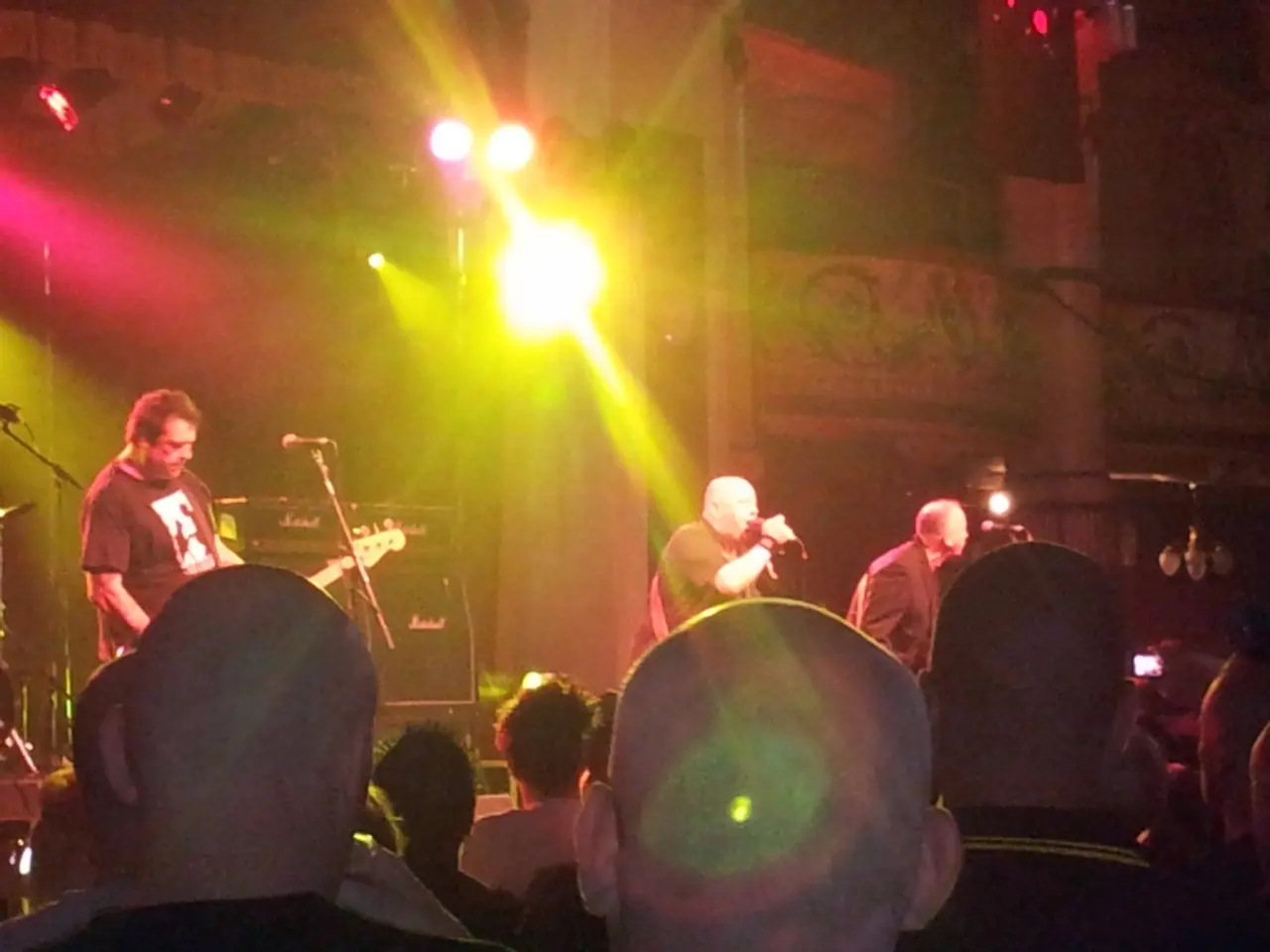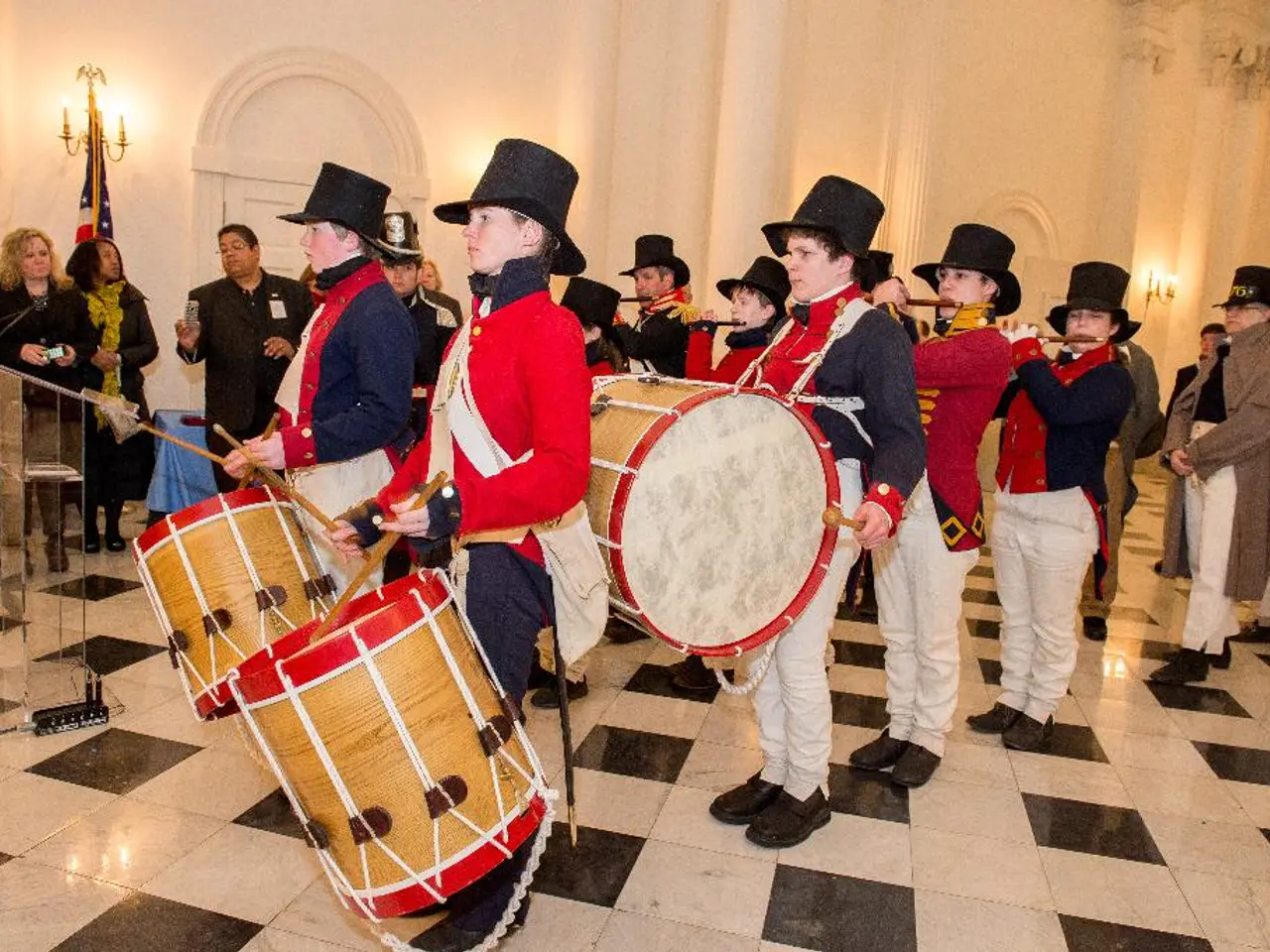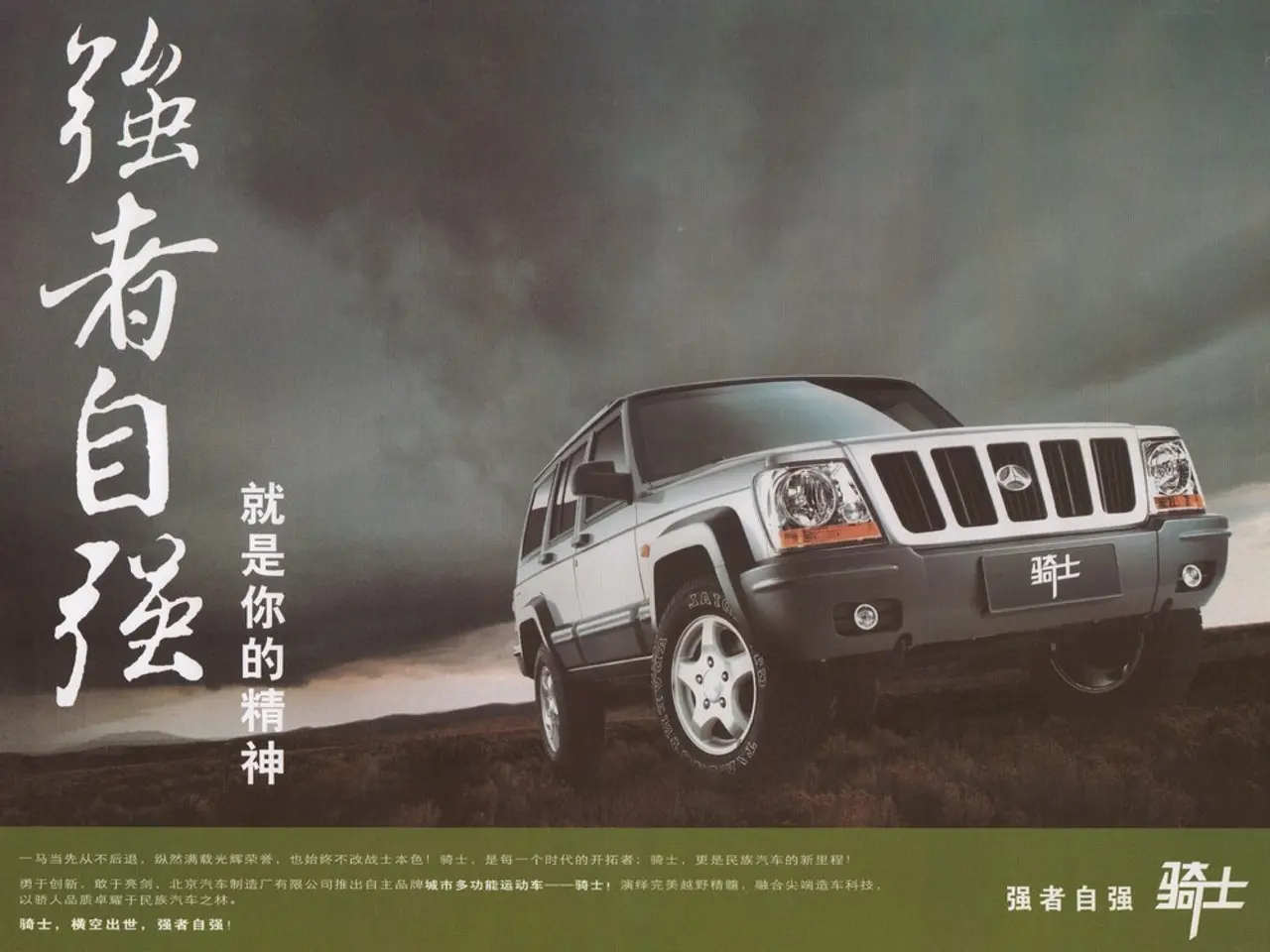Mastering UNO: Unforeseen Rules Revealed Officially
In the world of popular card games, UNO stands out as a fun, fast-paced, and engaging game for all ages. Here's a breakdown of the official rules by Mattel, as well as some common variants and house rules you might encounter.
The game begins with the dealer shuffling the deck, dealing seven cards to each player, and forming the discard and draw piles. The dealer is chosen by picking a card at the start of the game, with the person holding the card of the highest point value becoming the dealer. Each number card in an UNO deck has a point value equal to its face value.
Players match the top card on the discard pile by color, word, or number. Wild cards allow the player to change the color of the card. Draw 2 cards make the next player pick up two cards. Skip cards cause the next player to lose a turn. Wild Draw Four cards make the next player pick up four cards and the player choosing the color. However, they can only be played when the player has no card matching the color of the previously played card.
When a player gets down to their last card, they must shout "UNO!" or risk a penalty. If they forget to say "UNO" but another player goes and no one points it out, the player does not have to pick up the four extra cards. Wild Swap Hands card is not available in all versions of the game. Whoever plays this card can swap cards with another player. Wild Shuffle Hands card is not available in all versions of the game. When played, it causes the dealer to shuffle all cards and redistribute them, possibly causing players to end up with more or less cards than before.
Reverse cards change the direction of play in the game. Reverse cards and Skip cards are also worth 20 points each. Wild Draw Four cards are worth 50 points each, while Wild cards and Wild Customizable cards are worth 50 points each. In some versions of the game, Blank cards (replacing Wild Customizable cards) are worth three points if used to replace a lost card and have a question mark next to them in the official instruction sheet.
It's important to note that the official Mattel rules do not allow stacking of +2 cards. When a +2 card is played, the next player must draw two cards and forfeit their turn; they cannot play another +2 card to pass or accumulate the penalty on the next player. However, some unofficial or "house rules" and certain UNO variants do permit stacking +2 cards, allowing the next player to play a +2 card on top of a previously played +2 card to increase the total number of cards the subsequent player must draw.
In summary, the official Mattel rules do not support stacking Draw Two cards. On the other hand, some variants and house rules do permit this, increasing the draw penalty for the next player. Players attempt to get rid of their cards quicker than their opponents in each round, with the goal of reaching 500 points to win the game. UNO is a card game played by 2 to 10 people. In some versions of the game, each player tallies how many points their cards are worth at the end of each round, and the person with the lowest points wins.
In the realm of digital entertainment, social media platforms often host UNO game versions for interactive and engaging experiences. Players can challenge friends and strangers, customizing their gameplay experience.
Between friendly banter and competitive play, UNO's social media adaptations offer a modern avenue to enjoy the classic game of speed, strategy, and fun.





